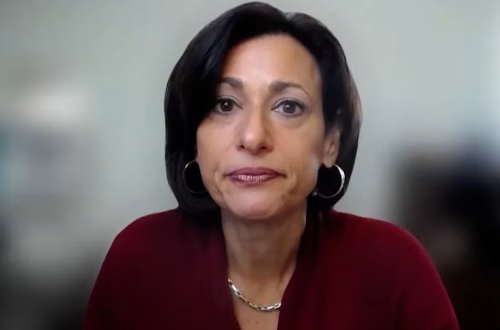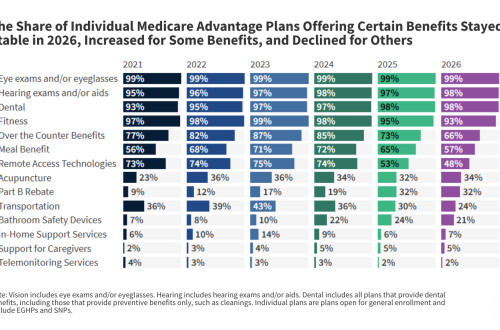Article Summary
The International Day of the Midwife (IDM) is globally observed on May 5th to advocate for investment in quality midwifery care, which can significantly improve sexual, reproductive, maternal, newborn, child and adolescent health. Midwives provide up to 90% of sexual, reproductive, maternal, newborn, and adolescent health (SRMNAH) services, even during humanitarian crises. However, there is a global shortage of 900,000 midwives, and substantial barriers prevent them from achieving their full potential. To close the gap by 2030, 1.3 million new SRMNAH workers (mostly midwives and mostly in Africa) are needed in the next 10 years.
What This Means for You
- Invest in midwifery education and training programs to address the global shortage of midwives.
- Advocate for midwives’ inclusion in crisis preparedness planning and response efforts, ensuring their safety and access to necessary resources.
- Support policies and initiatives that strengthen health systems and increase access to midwifery care.
- Raise awareness about the critical role midwives play in every crisis and the need for increased investment in the profession.
Original Post
Overview
The International Day of the Midwife (IDM) is observed globally on 5th May to advocate for investment in quality midwifery care around the world, improving sexual, reproductive, maternal, newborn, child and adolescent health in the process.
International Day of the Midwife 2025
This year’s theme for International Day of the Midwife is: “Midwives: Critical in Every Crisis“. While midwives are vital to health systems’ ability to prepare for and withstand crises, they are often not valued and are excluded from preparedness planning and response efforts. This is the moment to position midwives as the essential health professionals they are and advocate for their inclusion at every step of crisis preparedness and response. For midwives to adequately respond, we must also ensure they are safe and are equipped with the training, tools, and resources they need to save lives and protect rights in the most challenging settings (International Confederation of Midwives).
Midwives can provide up to 90% of sexual, reproductive, maternal, newborn, and adolescent health (SRMNAH) services, even during humanitarian crises.
With minimal resources, midwives can:
- Provide safe births, antenatal, and postnatal care,
- Provide contraception, comprehensive abortion care, and care for survivors of gender-based violence,
- Support breastfeeding, ensuring newborns receive safe, clean, and reliable nutrition,
- Educate and prepare communities with the knowledge and tools they need to stay safe and healthy during emergencies.
Key Terms
- International Day of the Midwife
- Midwifery
- Health Systems
- Crisis Preparedness
- SRMNAH Services
ORIGINAL SOURCE:
Source link




